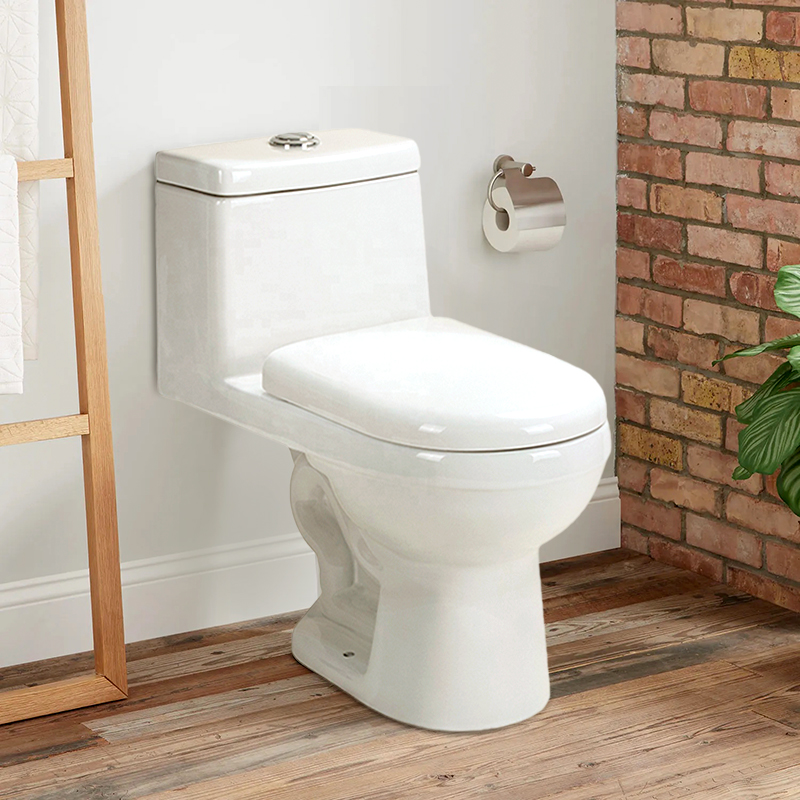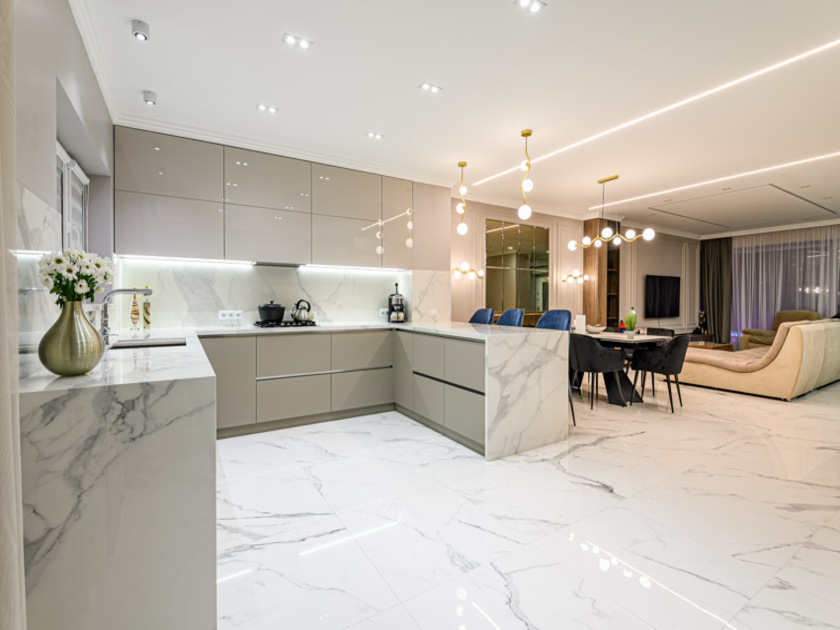Orton Baths
Sanitary ware refers to toilet sinks, wash basins, cisterns, and pedestals. These products were traditionally manufactured using porcelain, which is a ceramic material. However, sanitary wares are now manufactured using metals, glass, plastics, and other materials. The ceramic sanitary wares are cost-effective, have excellent resistance to chemical attacks, and can withstand heavy loads.
The role of sanitary wares in the household has evolved from being a necessity to a status statement. Thus, the status statement of sanitary wares has affected the personal expenditure structure of the individual and increased the proportion of spending on these amenities. This is attributed to the change in the lifestyle of people, due to the growth in per capita income. Moreover, growth in the requirement of personal space and privacy among people is reflected with the noticeable movement from joint to nuclear families and from single-dwelling units to flats. This has fueled the need of having attached bathroom spaces, thereby increasing the demand for sanitary wares.
The global sanitary ware market is segmented based on product type, material, and region. Based on type, the market is segmented into toilet sink/water closet, wash basin, pedestal, and cistern. On the basis of material, the market is segmented into ceramic, pressed metal, acrylic plastic & perspex, and others. By region, the global sanitary ware market is analyzed across North America, Europe, Asia-Pacific, MENA, and South America.
Increase in urbanization is expected to drive the global sanitary ware market during the forecast period. Low replacement rates are expected to be one of the major challenges for the key players in the sanitary ware market. In addition, government regulations pertaining to CO2 emissions are projected to hamper the growth of the sanitary ware market growth. Tie-ups with retailers are expected to create opportunities for the key players in the sanitary ware market.
Sanitary ware is a division of ceramic wares. It is proven that ceramic sanitaryware wares are cost effective and good for long run. Sanitary wares can with stand more than 400 kg load and excellent resistance to chemical attacks. Sanitaryware items can be easily cleaned because of its glossy surface properties.








